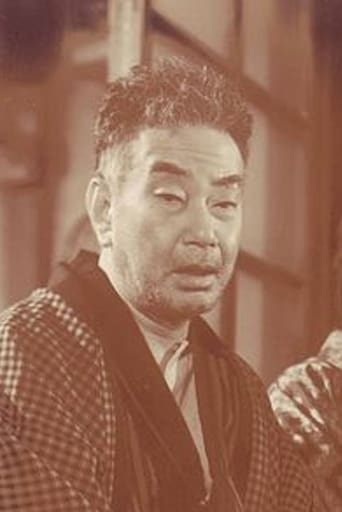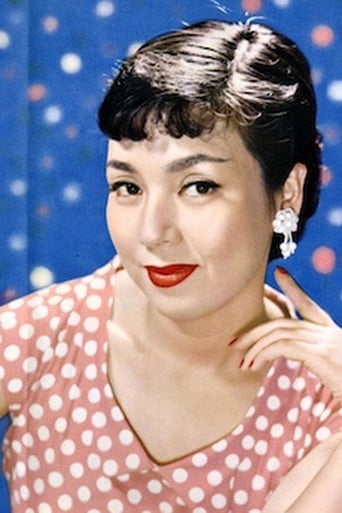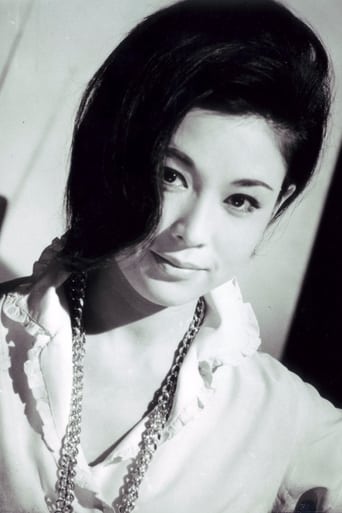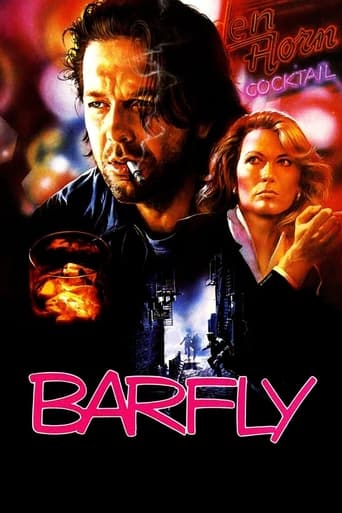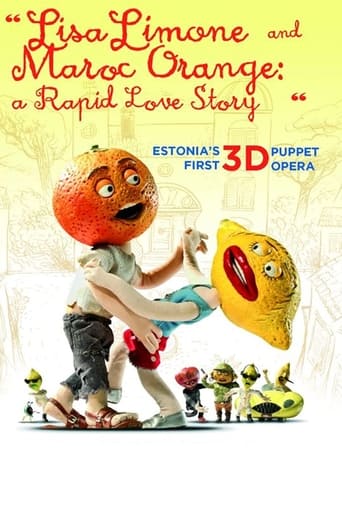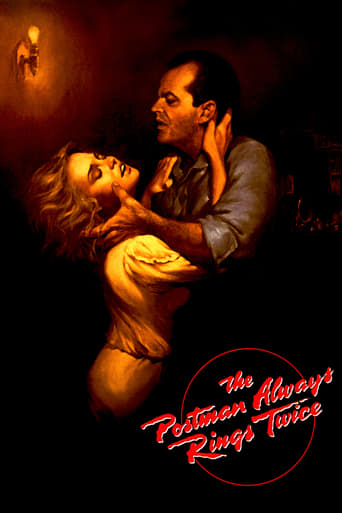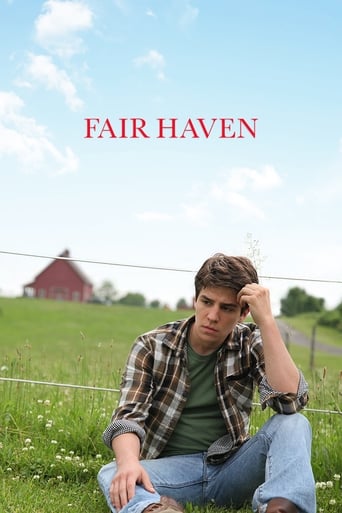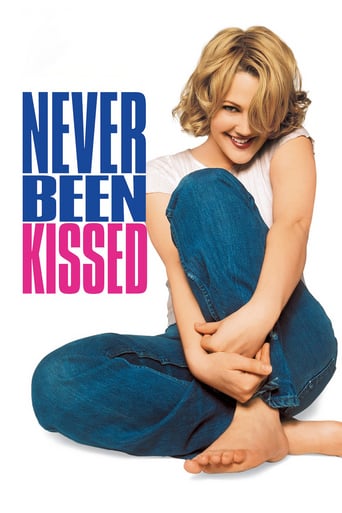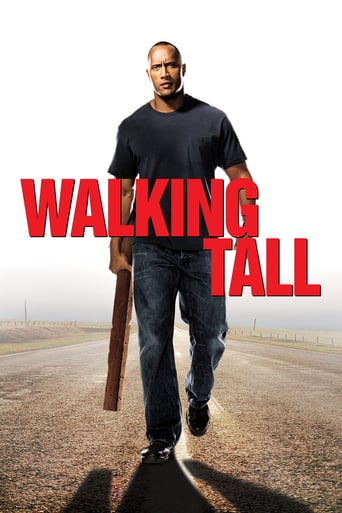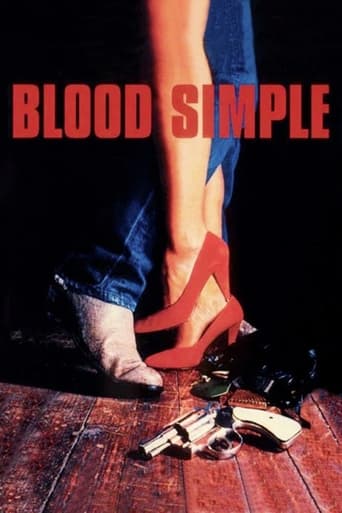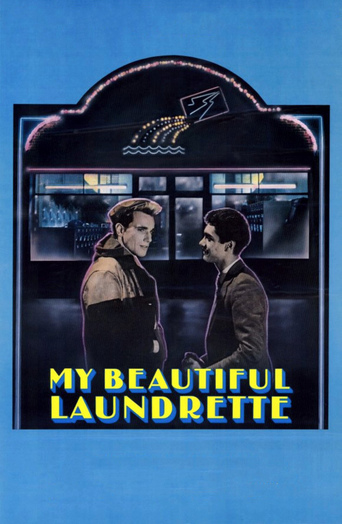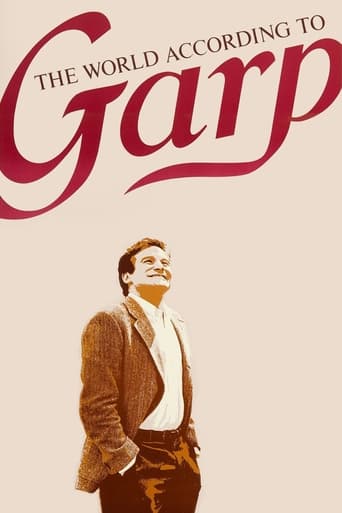
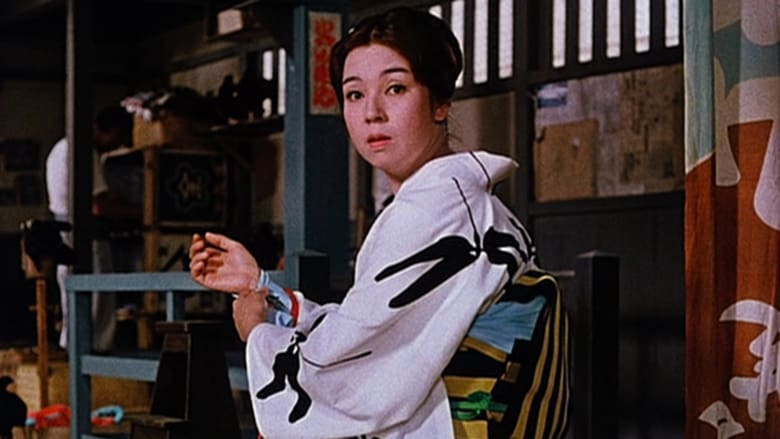
Floating Weeds (1959)
When a theater troupe's master visits his old flame, he unintentionally sets off a chain of unexpected events with devastating consequences. A remake of Ozu's own silent film The Story of Floating Weeds (1934).
Watch Trailer
Cast


Similar titles
Reviews
Viewed on DVD. Restoration = ten (10) stars. Pictorially, this film is a work of art: static scene by static scene (the camera never moves). Color cinematography is simply gorgeous . Set decoration is stunning. Costumes are eye-popping beautiful. It is by far the most end-to-end sumptuously mounted film from the "classical" period of the Japanese cinema! The director also leaves out most of his customary trademarks of ugliness (overhead power lines, clothes lines, ungainly mass transient, etc.). The script has been punched up sufficiently to hold the viewer's attention through patches of dramatic tediousness and outright boredom. Events are usually well telegraphed in advance so there are few, if any, surprises. The film is too long. There is the lingering impression that the director may have had a hard time letting go of his creation and bringing matters to an end. Acting is first rate (some actors are from the director's excellent in effect repertory company). Sound is fine and crisply captures Western-accented (Kansai-ben) dialog. Subtitles seem just right. The score copies music from the Italian cinema of the era. Best watched on a large screen to fully appreciate the artistry. WILLIAM FLANIGAN, PhD.
Yasujiro Ozu was perhaps the greatest obsessional filmmaker in history. Thus, it's no surprise that not only did he rework the same themes over and again in his films, but that he also redid earlier films of his own years later, such as 1932's I Was Born But... as 1959's Good Morning. The most famed examples of this trait are 1934's silent black and white A Story Of Floating Weeds (Ukikusa Monogatari), written by Ozu and Tadao Ikeda, and 1959's sound color film, Floating Weeds (Ukigusa), written by Ozu and Kôgo Noda. Both films, whose titular metaphor revolves around the lives of itinerant actors, tell basically the same tale, in slightly different ways, with differently named characters. They follow the ups and downs of the leader of a really bad theater troupe, on its last legs (not unlike the characters from Federico Fellini's first film, Variety Lights), who lands in a town and visits an old girlfriend who bore him a son. In both films, the son believes his father is really his uncle, and the major development in the films is how the father's jealous actress girlfriend tries to sabotage things by having a pretty young actress seduce the son, thus recapitulating the father's key moment in life, one the father believes ruined his chance at stardom and happiness.If one is thinking that this is the stuff of pure melodrama, it is. But that's true only on the surface. This is where depth and execution of an art come into play. It also abnegates claims that Ozu eschewed plot in his films for melodrama is about nothing if but plot. While it's true he did not strive for A to B to C narratives, and preferred 'organic' story growth, the fact is that all his films had plots, and good ones. But they were not plot driven, nor dependent upon the heavyhanded machinations most drama and films rely upon. The difference between having a plot and being plot driven is something most critics seem to not understand. Ozu simply removes the superfluous plot moments and adds contemplative, poetic, and metaphoric shots in their place, what are termed 'pillow shots.' The emphasis is thus not on the driving, but the driver, of plot. After all, the tale of a parent who has a long lost child is not fresh, although the way it's told can be.As for the films, the earlier one is actually the slightly better film, mostly because it's more concise- clocking in at 86 minutes vs. the two hour remake .In defense of the later film, it has more humor (one character from the troupe claims his name is Toshiro Mifune- the great star of so many Akira Kurosawa films; a nod to Ozu's rival), and the son's reaction to the news about his father seems a bit more mature and realistic than in the earlier film, while the mother seems more resigned to her lover's leaving, rather than being devastated- as in the earlier film. But the ending of the earlier film, on the train, is better, for when we see the troupe leader reunited with his love, and see the sleeping child, the earlier film leaves no doubt that the leader is wistfully thinking of his son, while the later film does not. Another plus that the later film has is its use of color and symbolism, which is far more striking. The opening scene contrasts a lighthouse in the background with a foregrounded bottle. It is a stunning visual image, and such phallic symbols abound in the film, as bottles are repeatedly seen, and there is a scene where the local prostitutes tease the male troupe members as they suck on popsicles. We then see the lighthouse from other perspectives over the course of the film. The earlier film is not set at a seaside town, but in a rural area, and the scene of the father and son fishing is superior in the later film, for there is no oddly stylized synchronization of the pair tossing their fishing lines into the river, over and again, as in the 1934 film, and what the duo speak of- their views on the father's approach to acting, is far more cogent than in the silent version, whose major moment is when the father drops his wallet into the running water. The later version also mimetically puts the father and son in the position of the bottle in relation to the lighthouse at the film's opening. What this means, from a phallic perspective, is open to several interpretations. Another major difference between the two films is that the earlier film has more motion in it- literally. It was made before Ozu got caught in his tatami mat point of view mode, and therefore the emotion of the drama is recapitulated better in the earlier, more kinetic, film .Both A Story Of Floating Weeds and Floating Weeds are proof that not all obsessions result in negativity, a thing one might remind oneself of the next time someone speaks ill of that trait. They are also fine examples of what made Yasujiro Ozu a great artist, even if the art in them might fall just a bit shy of overall greatness. Viva obsesión!?
Ozu is a wonderful experience just to watch the musical formations. Each shot is composed in the most careful way so that the assembly has a geometric rhythm. It is soft and melodic, this visual overlay, painting in motion. No one does it better that I know.There's a talk between two troubled lovers in the rain, then in opposing shelters, that is especially noteworthy, but it is all so cinematically lovely...The way he's put this together is very Japanese. Each shot length is nearly precisely the length of the one before. Each employs a stationary camera only, but the positioning of the camera only sometimes is where a human eye would be. As I've mentioned, The composition in terms of elements, space and color is perfect in each shot and follows in a deliberate, engineered pattern from the previous shots.The narrative isn't integrated in the way Kurosawa would do — and be considered un-Japanese for. But the story does much of that for us.It is a story about pretense and staging, with most of the actors playing characters who are actors and have trouble in being an actor.You'll have to work to be engaged in the story. But its rather easy to just sit back and admire the loveliness. Ozu is always worth it for this. I don't know many of his films, but this is the most formal of those I know.Ted's Evaluation -- 3 of 3: Worth watching.
"Floating Weeds" (Japanese, 1959): The first few things I notice about films by writer/director Ozu are: the incredibly consistent, artful composition used in his shots; his patience with the "ordinary"; and his intentional avoidance of "action" and blatant "drama". His films are meditative exercises on the daily truths we humans must face, which contain their own realistic challenges. Like Bergman and Allen, he too often uses the same actors, non-exotic locations, and stays within a philosophical area of interest that is obviously not market driven which earns them dedicated followers...even after death. Ozu's films are pure elegance.


